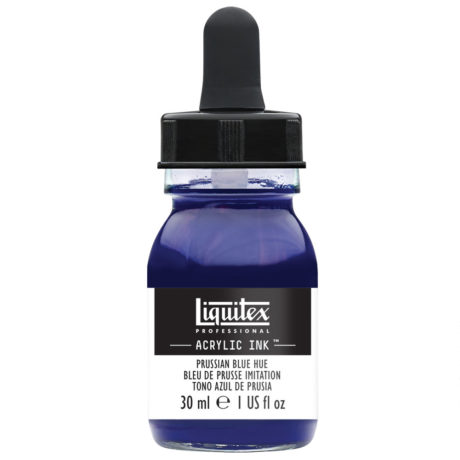Acrylic Inks

 |
These are fine art inks. Made with fine art materials. You can rely on the highest quality color-intense artist pigments when you use Liquitex Acrylic Ink. No quick-to-fade dyes, just true color purity and archival stability in an ultra-fluid acrylic vehicle.
 |
These pigments are processed using the latest basket bead-mill technology, where tiny reinforced ceramic beads give fine dispersion, great color development, strength and brightness. |
Epoxy Compatibility Normally Acrylics and epoxies have compatibility problems.
 |
One of our clients discovered that the Liquitex Acrylic Inks work well, so we tested them and they work really well with our epoxy systems. |
Viscosity Liquitex Acrylic Ink is perfect to use straight from the bottle in any way you want. As a low viscosity color, the ultra-fluid formula is ideal for fine and flowing applications and techniques.
Opacity Each pigment has its own unique natural character and this dictates its opacity. Among the 35 ink colors you’ll find a choice of opaque, semi-opaque and transparent colors - all shown on the label - to help you achieve a range of effects.
Light Fastness On a client’s wall. In a gallery. Your work needs to stay as you intended. The pigments in Liquitex Acrylic Ink have passed extensive tests for lightfastness. Each pigment is rated according to the American Society for Testing & Materials (ASTM), and we only use pigments rated ASTM I or II*. This means your work will have the greatest archival permanence possible – at least 50 years+ in gallery conditions – with no color shifting or fading, to stay vibrant and true.
 |
This comparison test shows the behavior of our pigment-based ink (top) and a traditional dye-based ink (bottom) after the right hand sections are exposed to light for the equivalent to 50-100 years. |
*Metallic pigments are naturally less lightfast
You can download a copy of the Liquitex Colour Chart here. Please bear in mind that these products were intended for use by artists doing various types of art work, and so this chart has a lot of information on it which is not highly relevant to epoxy work.



